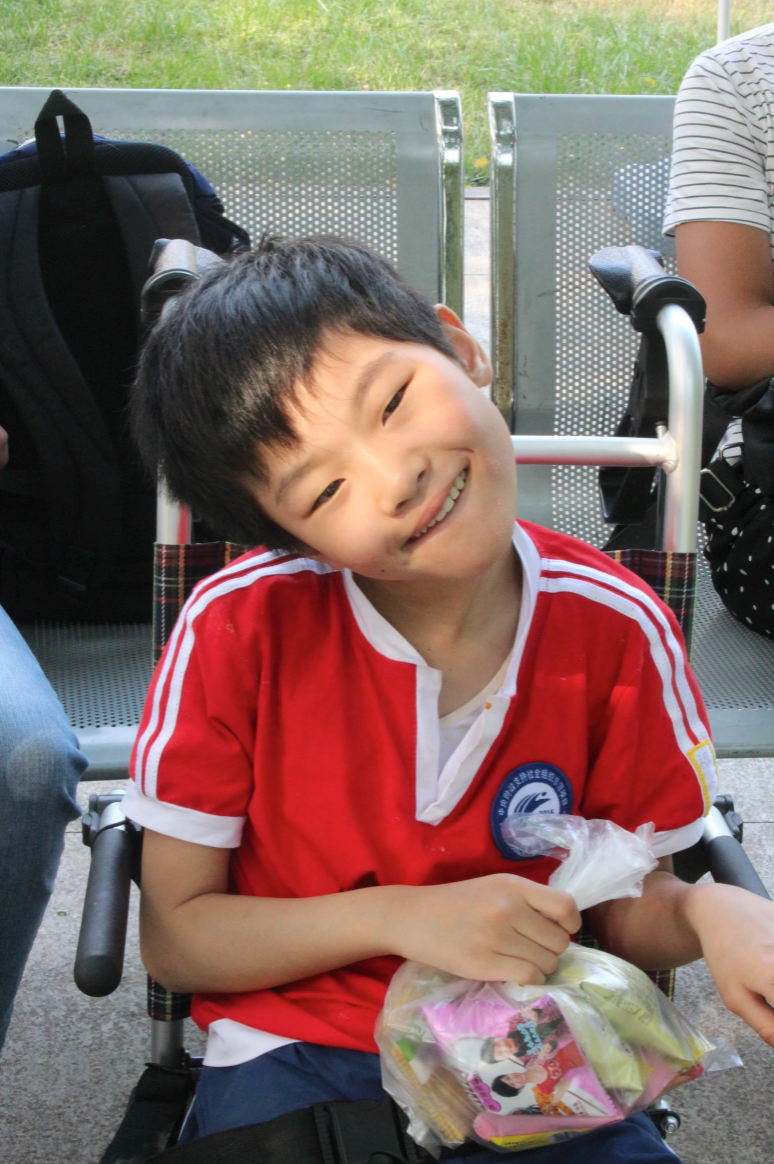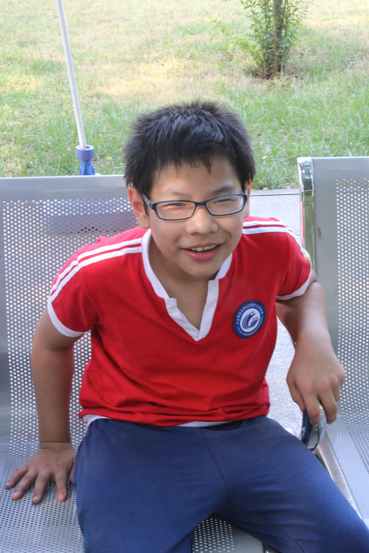Excursions
- Carolina Cardona

- Dec 20, 2021
- 4 min read
Over the last couple of years, we have successfully gained a number of local grants from the Chinese Government. Our Chinese staff have worked collaboratively with the Director of the Orphanage to apply for these and we have been granted a considerable amount of money to use to provide resources and opportunities for the children at Xi Wang Le Yuan. We are so grateful for their contribution!

The application process is usually quite involved. XiaoGuang (our Chinese Director) will generally advise us of a grant opportunity and we will then brainstorm ways in which we can enhance the education of the children. This brainstorming usually involves ZhangYing (our school principal), XiaoGuang and LouHuan (our Chinese directors) and us (Carolyn and Michelle) as Co-directors of Education. We throw a few ideas around then discuss these with our full COAT team. In the past, we have used the funding for school resources including desktop computers, ipads, interactive whiteboards, projectors and laptops as well furniture, re-modelling of classrooms, teaching resources and outdoor equipment. In the most recent application, we also applied for money to take the children on excursions.
The majority of our school children are orphanage children. Some of them are fostered by local families outside in the community and get to experience life 'outside', but most of them spend their entire lives within the external walls of the Social Welfare Institute. Don't get me wrong, the grounds are great - we have a lovely playground with beautiful grassed areas, fruit trees, vegetable gardens, a couple of ponds, a pig pen and a brand new basketball court being built as we speak ... but when that is your entire world, it is rather limited.
I have been doing professional development with the staff while I am here and one of the curriculum books for Chinese Kindergarten required the children to identify six different types of flower ... I asked the staff if any of those flowers grew within the grounds ... and I was told that only one of them did. My next question was "so, how will you make this lesson relevant and purposeful for the children?". That's where the excursions come in. (I'll talk more about PD in a later post).
Excursions allow us to open the world up ... they enable the children to experience what is outside the walls.

So, yesterday, we went on a bus trip to Chen Village (Chen Jia Gou), the birthplace of Taijiquan (Tai Chi). Chenjiagou village in Henan province of central China is the village of the Chen family whose ancestor Chen Wangting (1600-1680) created the oldest style of Taijiquan. Wenxian County where the village belongs, has been officially recognized as the birthplace of taijiquan by the Chinese government in 2007. The village still maintains its traditional character but it is changing fast as the School of Taijiquan there gains reputation and more people from China and abroad are visiting or spending time there to train in taijiquan.
We hired a coach that enabled our many non-walking children to comfortably sit with a good view out the window. We had plenty of space for the wheelchairs and push chairs underneath the bus. Each child had an adult carer with them. Several local foster children attended with a foster parent which enabled more interaction with the community.
The children were able to experience the diversity of life along the way - travelling past water courses, villages, markets and corn (corn, corn, corn ... drying everywhere!).

Even when we arrived, we were able to watch what was happening around the bus as we waited for ZhangYing and YongQiang to contact the gatekeepers to open the gates up for us before lunch. Once inside, we visited the bathroom (quite a feat with many non-walking children) then walked back up to the main building which housed the museum. Again, with many non-walking children it was a bit of a job to get the children (with or without their chairs) up the stairs and over the step that is in the doorways. We found that it was easier for us to go into the rooms and take photos and take them back to show the children in their chairs as the guide told us about the items within. The children who could walk were able to go inside more easily. Like many places in China, this place was not really wheelchair accessible. We must have been quite a sight - so many children, adults, pushchairs, wheelchairs and a couple of foreigners thrown in.
After the museum, we walked through the extensive grounds ... the children in the pushchairs and wheelchairs (and their adults) all received a thorough full body massage as we passed over the pebbled walk ways (bumpy ride!!!) through to the streets behind for lunch.

We split into smaller groups and took the children to various locations for meals. We were able to use a courtyard behind a restaurant for a yummy lunch of fried rice and fried noodles. It always amazes me how much these kids can eat (and stay so slim!). The children also used their spending money to buy snacks and treats like these toffee hawthorns (like a crabapple) for the afternoon.
After lunch, we returned to the grounds of Chen Jia Gou for a Tai Chi demonstration. We could have also chosen to visit the Taijiquan school, but most children wanted to see the demonstration. We watched several students from the school demonstrate several different aspects of Taijiquan.
Many children slept on the way home. It was a busy and full day. Access to excursions like this enable our children to gain knowledge of and experience their history, their culture, their heritage. We are grateful for opportunities like this.















































































Comments